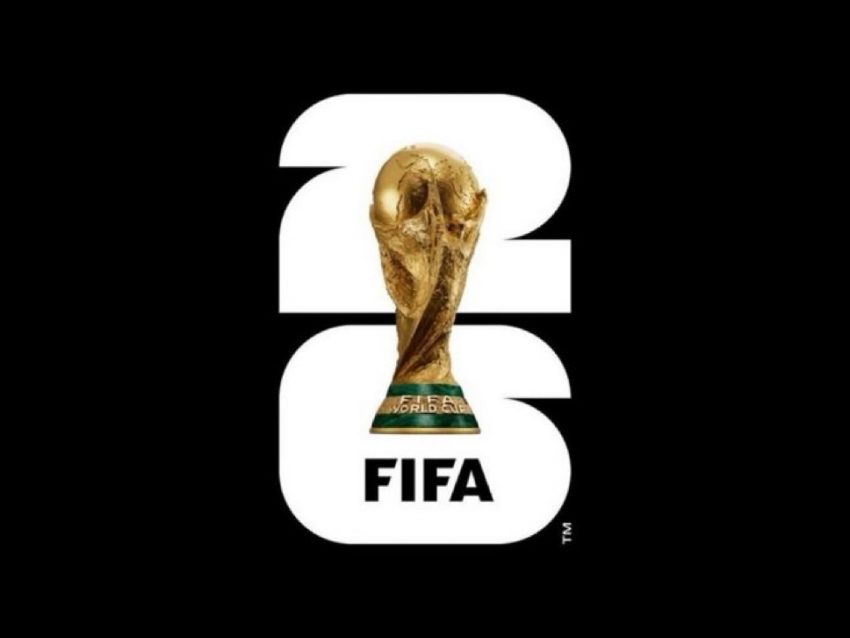The 2026 FIFA World Cup is set to be the biggest in history, expanding from 32 to 48 teams across Canada, Mexico, and the United States. With the expanded format comes a redesigned draw process that determines how nations are grouped for the world’s premier soccer event. Here’s a complete breakdown of how the 2026 World Cup draw works, which pots teams are placed in, and how group assignments are decided.
⸻
How the 2026 World Cup Draw Works
The tournament will feature 12 groups of four teams, labeled Groups A through L. During the draw, one team from each of the four seeding pots will be placed into each group, forming balanced matchups across the tournament.
- 48 teams total
- 12 groups (A–L)
- 4 teams per group
- Top 2 in each group + 8 best third-place teams advance
- Knockout phase begins with a Round of 32
This new structure marks the biggest expansion since 1998, creating more matches, more cities involved, and more global representation.
⸻
Seeding: How the Four Pots Are Organized
Teams are divided into four pots of 12 teams each. The pots determine the order in which teams are drawn into groups.
Pot 1
- All three host nations:
- Mexico
- Canada
- United States
- The nine highest-ranked teams in the FIFA World Rankings at the time of the draw
Pots 2, 3, and 4
- Filled by the remaining qualified teams, ordered according to FIFA ranking
- Playoff winners will enter the lowest strong pot available, depending on timing and rankings
This pot structure ensures competitive balance and prevents top-ranked nations from ending up in the same group prematurely.
⸻
Confederation Rules: Who Can Be Drawn Together?
To maintain global variety and avoid regional clustering, FIFA uses strict confederation guidelines:
- Teams from the same confederation cannot be drawn into the same group, except UEFA (Europe).
- UEFA can have up to two European teams in one group due to its larger number of qualified nations.
These rules ensure each group has a diverse mix of playing styles and geographic backgrounds.
⸻
Host Nation Placement
Because 2026 has three host countries, FIFA has pre-assigned each host to a specific group:
- Mexico → Group A
- Canada → Group B
- United States → Group D
This helps lock in match locations, opening-match logistics, and ticketing plans across North America.
⸻
When and Where the Draw Takes Place
- Date: December 5, 2025
- Location: Washington, D.C.
- Event: Official FIFA Draw Ceremony
Some playoff spots will still be undecided at the time of the draw. In those cases, FIFA uses placeholders such as “AFC Playoff Winner” or “CONMEBOL Playoff 2.”
⸻
What Happens After the Draw?
Once all 48 teams are assigned to their groups:
- The full tournament schedule is released.
- Host cities receive official match assignments.
- Fans and national teams can plan travel, accommodations, and training bases.
- FIFA finalizes ticketing phases and broadcast arrangements.
With the World Cup in North America for the first time since 1994, the draw will be one of the most watched football events of 2025.
⸻
Conclusion
The 2026 FIFA World Cup draw format represents a new era for global soccer—more teams, more nations, and a larger competitive field than ever before. With 48 teams, 12 groups, and a deeper knockout bracket, the draw will play a major role in shaping the path to the final. Fans worldwide will be watching closely as football’s biggest stage expands into an unprecedented three-country hosting format.


